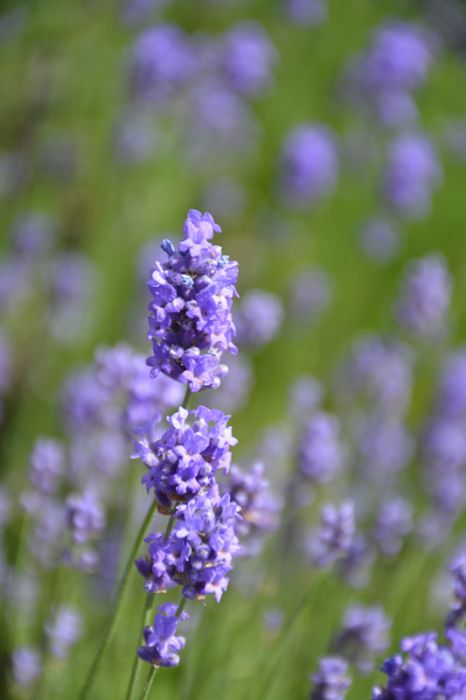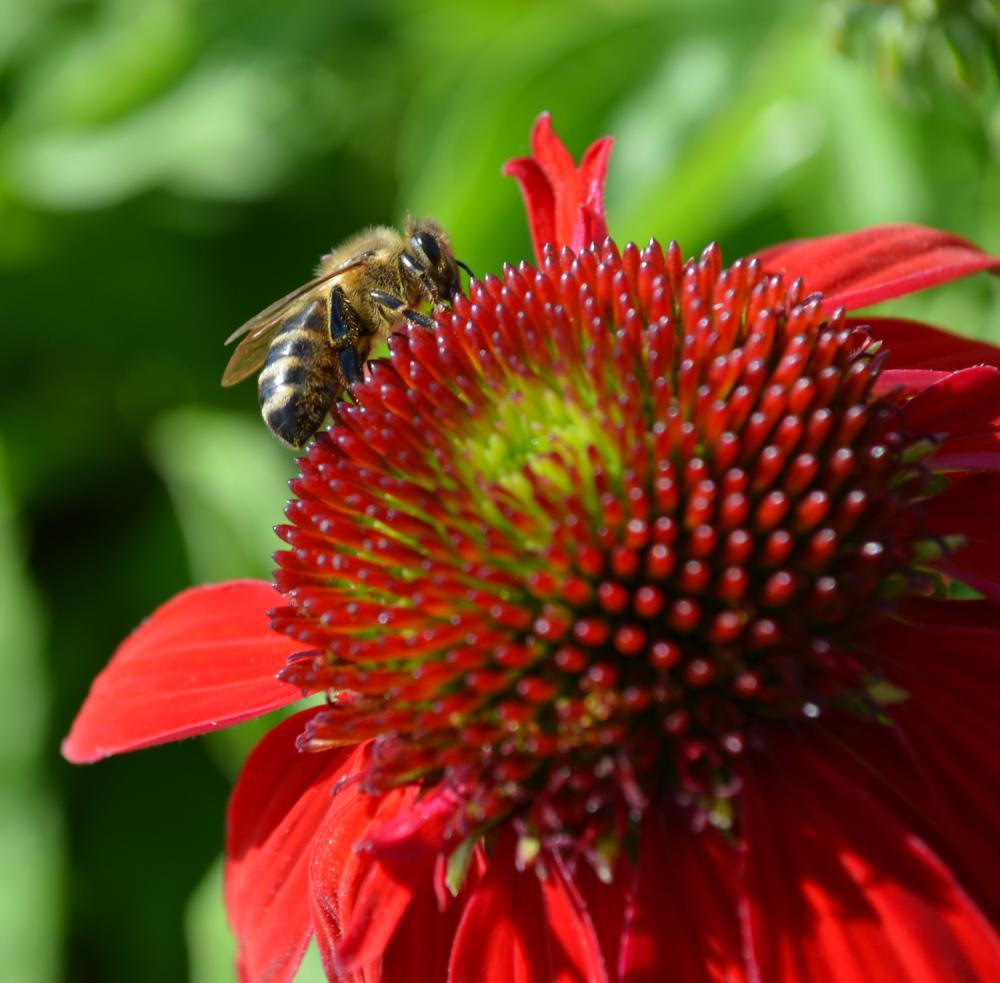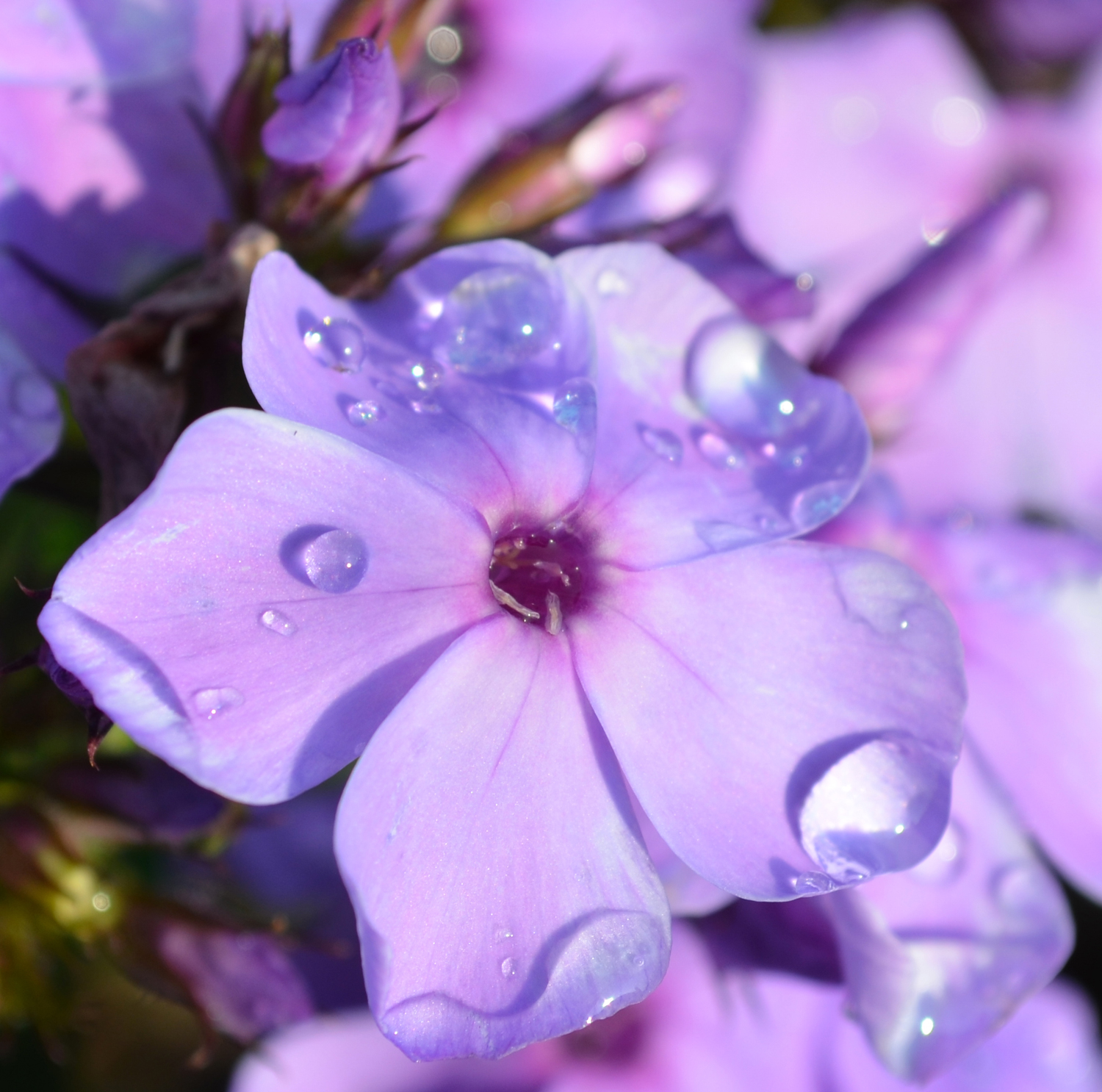Lavandula, English Lavender 'Hidcote Blue'



- Sun Preference
- Full-Sun
- Bloom or Harvest Time
- June, July, August
Description
Compact plant with deep purple flowers makes it a good choice for edging. Silvery, fragrant foliage.
Minnesota's largest Selection of Perennials
Discover an unparalleled selection of perennials at Gertens! With the largest variety in Minnesota, we offer endless options of colorful perennials, natives, and pollinator plants to beautify your garden year after year. From vibrant flowers to lush foliage, our perennials are perfect for adding beauty and charm to your outdoor space. Visit Gertens today and see why we're known as Minnesota's Destination Garden Center!
Details
Hidcote Blue Lavender | Lavandula angustifolia 'Hidcote Blue'
Height: 18 inches
Spread: 18 inches
Sunlight: full sun
Hardiness Zone: 4a
Other Names: English Lavender, Common Lavender
Brand: Gertens
Description:
With its aromatic gray-green foliage and large spikes of blue-violet flowers on long stems, this variety is excellent for borders and edging in a sunny spot, foliage has a silvery-bluish cast as well
Ornamental Features
Hidcote Blue Lavender has masses of beautiful spikes of fragrant powder blue flowers rising above the foliage from early to late summer, which are most effective when planted in groupings. The flowers are excellent for cutting. It has attractive bluish-green evergreen foliage. The fragrant needles are highly ornamental and remain bluish-green throughout the winter.
Landscape Attributes
Hidcote Blue Lavender is a dense multi-stemmed evergreen shrub with a mounded form. It lends an extremely fine and delicate texture to the landscape composition which should be used to full effect.
This shrub will require occasional maintenance and upkeep, and can be pruned at anytime. It is a good choice for attracting butterflies to your yard, but is not particularly attractive to deer who tend to leave it alone in favor of tastier treats. It has no significant negative characteristics.
Hidcote Blue Lavender is recommended for the following landscape applications;
- Mass Planting
- Border Edging
- General Garden Use
- Herb Gardens
- Container Planting
Planting & Growing
Hidcote Blue Lavender will grow to be about 15 inches tall at maturity, with a spread of 18 inches. It tends to fill out right to the ground and therefore doesn't necessarily require facer plants in front. It grows at a slow rate, and under ideal conditions can be expected to live for approximately 10 years.
This shrub should only be grown in full sunlight. It prefers dry to average moisture levels with very well-drained soil, and will often die in standing water. It is not particular as to soil type, but has a definite preference for alkaline soils, and is able to handle environmental salt. It is highly tolerant of urban pollution and will even thrive in inner city environments. This is a selected variety of a species not originally from North America.
Hidcote Blue Lavender makes a fine choice for the outdoor landscape, but it is also well-suited for use in outdoor pots and containers. It is often used as a 'filler' in the 'spiller-thriller-filler' container combination, providing a mass of flowers and foliage against which the thriller plants stand out. Note that when grown in a container, it may not perform exactly as indicated on the tag - this is to be expected. Also note that when growing plants in outdoor containers and baskets, they may require more frequent waterings than they would in the yard or garden. Be aware that in our climate, most plants cannot be expected to survive the winter if left in containers outdoors, and this plant is no exception. Contact our experts for more information on how to protect it over the winter months.
More Information
| Bloom or Harvest Time | June, July, August |
|---|---|
| Sun Preference | Full-Sun |
| USDA Hardiness Zone | 4, 5, 6, 7, 8, 9 |
| Common Family Name | Lavender |
| Mature Spread (Range) | 12" - 24" |
| Mature Height (Range) | 13" - 24" |


